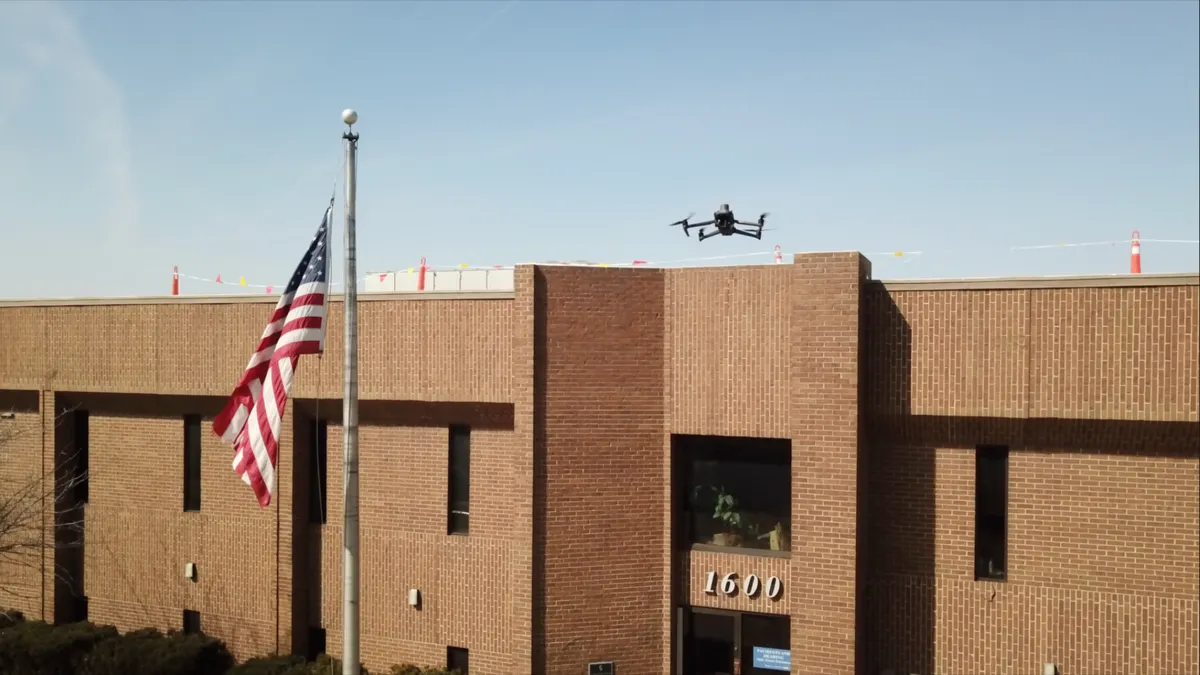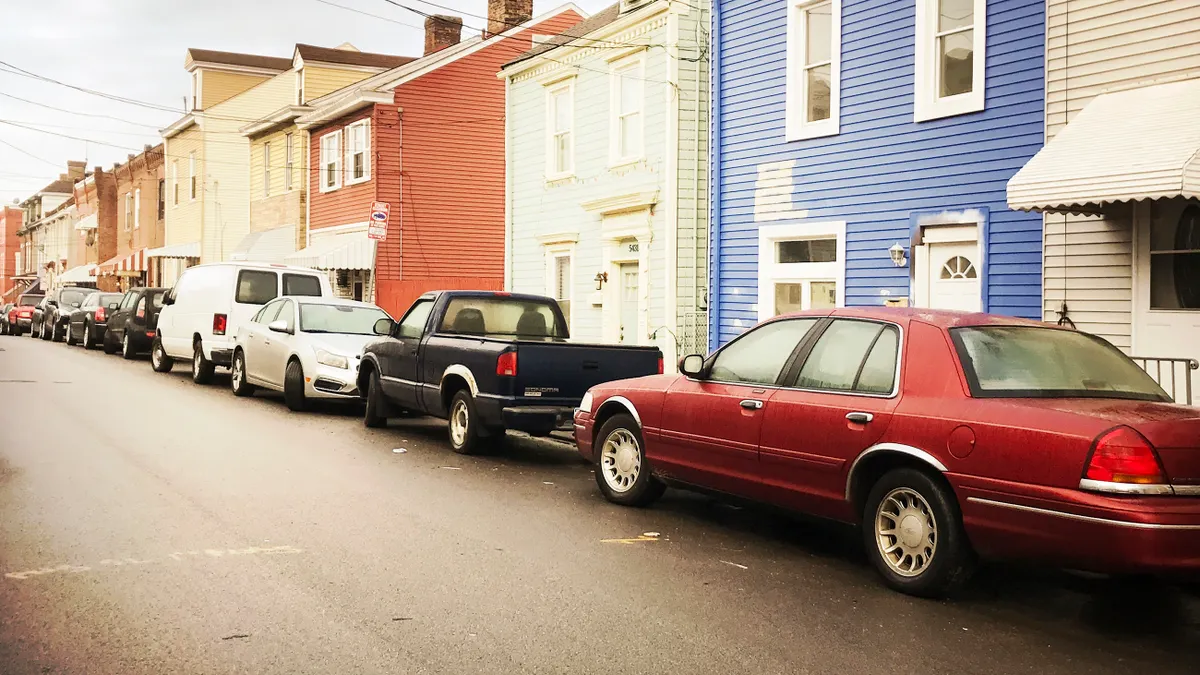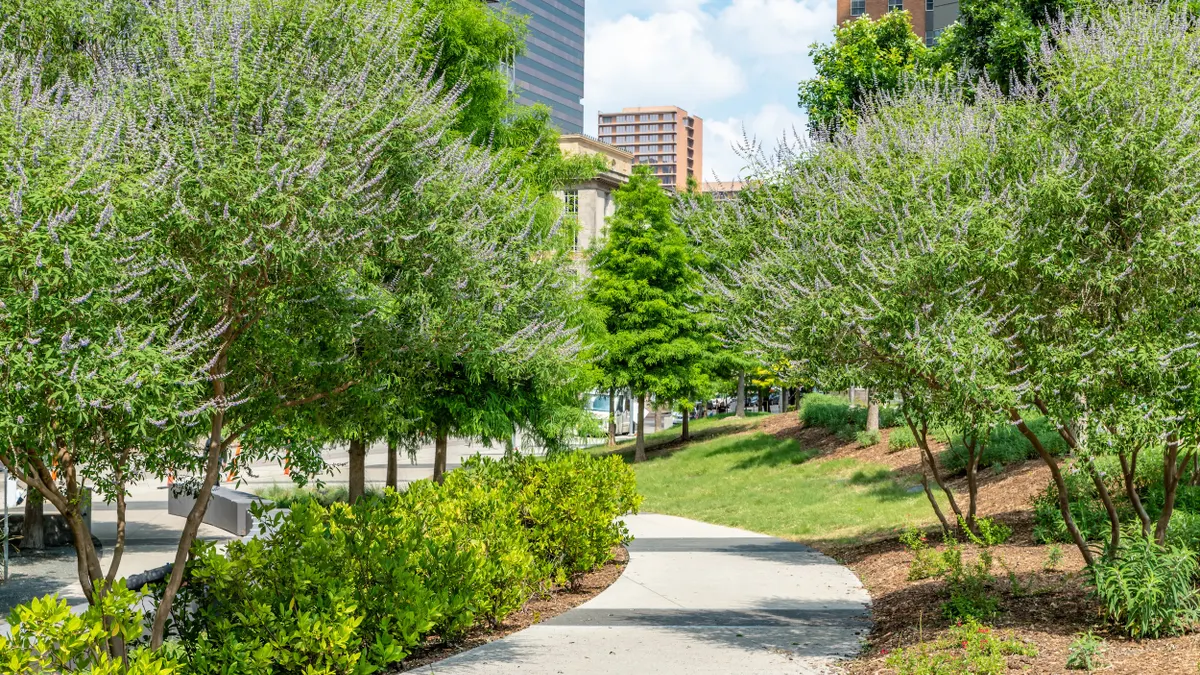Editor's Note: The following is a guest post from Atul Bhatnagar, CEO of Cambium Networks.
When the number of COVID-19 infections exploded in early March, it forced businesses and schools to shut their doors to prevent further contagion. That led to an enormous increase in the consumption of internet bandwidth as people now try to maintain productivity at home.
But the pandemic only compressed and accelerated a technology trend that was years in the making. As usage rates skyrocketed, the sudden shift brought into stark relief the need to expand access to internet broadband. These two data points from an April study tell quite a story:
- More than 22% of connections in lower income brackets across the United States still do not have acceptable internet performance for work and school.
- Download speeds for people making less than $30,000 annually are more than 41% lower than for people earning $200,000 or more.
Imagine if you lived in a community plagued with sub-standard connectivity, trying to take a college course online or dialing into an important Zoom work call. You would be at a huge disadvantage compared with your peers.
You’ll find developing communities everywhere. And when 22% of Americans are under-connected, that’s a call to action — as well as an opportunity — for our industry to lead the way.
How it should work
For those of us living in connected communities, it’s a very different experience. For instance, our kids are now home watching Netflix, playing Animal Crossing and (hopefully) learning remotely. Meanwhile, I’m experimenting with new routines that are likely to become part of our "new normal" once we put COVID in the rear-view mirror.
Truth be told, I was not much of a video guy prior to the COVID crisis. But I’ve seen that one can carry on quite well without sending people on business trips. Sometimes, in-person meetings will be necessary. But more often than not, we’re just as efficient by doing videoconferencing. And that's going to change the lives of more than just frequent fliers.
My attic HVAC unit needed repairs recently. The technician, who was observing shelter-at-home restrictions, did a virtual inspection with me on FaceTime. Smartphone in hand, I walked him around the attic for 30 minutes while he took diligent notes. By the end of the day, a detailed proposal was in my inbox.
I didn’t need to wait a week until he was able to find a schedule opening to come over live, and he avoided spending an hour on the road each way. So, in one fell swoop, he boosted his productivity, did something good for the environment and did his part to reduce inter-personal contact.
Thinking about a solution
The technical challenge will be to make connectivity both more affordable and accessible in hard-to-reach regions.
Despite the magnitude of the challenge, I’m encouraged by recent technology trends that have the potential to turn the problem of under-connected communities — across the globe as well as in America’s inner cities and rural areas — into a thing of the past.
Thanks to an unprecedented combination of new spectrum in Wi-Fi 6, CBRS and 60 GHz, combined with software that manages these issues with great efficiency, we are increasing broadband speeds and doing so at costs that are far from prohibitive. Indeed, the pending CBRS spectrum auction – 10 years in the making – is going to add more spectrum and give operators more options to offer better connectivity, particularly in the poorly served rural areas, as well as the suburbs. It will also give smart enterprises the opportunity to create their own IOT/5G networks, if they act.
On the edge, where we have typically run into the variety of speed and bottleneck challenges that degrade performance and reliability, we can now deploy wireless technologies that make the expensive, time-consuming processes of laying new fiber and permitting almost obsolete. It is not a bold claim to say that today, wireless is the new fiber.
A multi-gigabit wireless fabric — combining wireless and broadband — now delivers fiber-like speeds more affordably and, specifically, at the edge. Meanwhile, with CBRS and 60 GHz solutions coming to market, as well as the advent of new Wi-Fi 6 products, the industry can accelerate the transition to a multi-gigabit capability for the first time.
Unfortunately, it took COVID to drive home the urgency and reality of the digital divide. But it also clarified the path forward: If we bring both Wi-Fi and fixed wireless technologies together, we can make more affordable broadband a reality across developing communities.
We can also build on existing momentum; there are already several examples where wireless connectivity has helped communities to improve education, extend general access to information and increase public safety. That’s no surprise given wireless’ track record of proven connectivity. The fact that it’s rapidly deployable at reasonable cost makes it tailor-made for bringing these underserved areas on par with the rest of us.
This is the informational plumbing for the early 21st century, and it’s critical that we don’t fumble the opportunity.

















